Ray Mead was a member of Canada’s own ground breaking crew of abstractionists, Painters Eleven. At their start in the 1950s, these artists abandoned all literal representation for a purely abstract expression. Mead’s imagery in both his drawings and paintings came from his own internal meanderings, memories transcribed into line and blocks of colour. As a child he was encouraged to draw by his grandmother. She saved the blue wrapping paper used by her grocer for her young grandson’s explorations into mark making. As a grown man, Mead himself described his drawings as striving toward simple childhood marks, but these he fortified with a very sophisticated execution. These drawings were more like a rehearsal for his paintings than a blueprint to be duplicated. They stand alone, fluid investigations in black and white.
His paintings employ similar marks pared down to a minimum and transformed by incredible colour sensitivity. He did love black and became known for his black and white shapes accented with a selective use of colour. Despite his reductive, clean approach to imagery these works are not pure Minimalism. It was important to Mead to preserve evidence of his human hand in the completed paintings. He worked with layers allowing bits to show through thus creating both depth on the surface and windows into his process. He worked with large areas of colour that on close inspection betrayed themselves as multiple layers with tonal variations. He liked to speak of his finished canvases as “paintscapes”, landscapes abstracted and abbreviated beyond recognition. There is something in these works, an emotional quality that is perhaps explained by this. The artist’s recollections of a garden or the double doors in his grandmother’s home bring warmth to the canvas.
Mead was born in 1921 to a cultured middle class family in Watford in Hertfordshire England. His grandmother supported his artistic development from a young age. In addition to exposing him to her own personal art collection she also escorted Mead on regular trips to the Tate, the National Gallery and the Victoria and Albert Museum. He went on to pursue formal art training at the Slade School from age 15 to 18 years until in 1939 he joined the Royal Air Force to train as a fighter pilot at the start of WW II. In 1941 while serving as a flying officer, Mead crash-landed and was injured. Following his recovery he was posted to Hamilton, Canada where he traveled to the United States to train American bomber pilots for war. During this period he was exposed to American culture and the New York art scene. It was a time that dramatically impacted his mind set and brought a new freedom into his art making. He made the decision to remain in Canada and he settled in Hamilton. It was there that he met and established a friendship with Hortense Gordon an artist who had trained with Hans Hoffmann. Gordon became an important mentor for Mead and further supported his movement into abstraction.
Mead established himself as a Master Canadian painter. He had the first public showing of his work at the Art Gallery of Hamilton in 1948 and his second at the Art Gallery of Toronto in 1950. He joined the Ontario Society of Artist’s (OSA) and showed in their 1950 exhibition which was a brave foray into the world of abstraction. He continued to show with the OSA and established close relationships with several artists who would eventually join to form Painters Eleven. Seven of these, including Mead, showed in the infamous Simpson’s show, “Abstracts at Home” in 1953. Over the next decade Mead was included in fifteen Painters Eleven Exhibitions including a New York show at the Riverside Museum in 1956. Mead’s work was included in shows at the National Gallery of Canada in 1956, 1972 and 1992. In addition from the 1950s until his death in 1998 Mead showed in many solo, two person and group exhibitions in Ontario and Quebec. His work is included in numerous collections including the National Gallery of Canada and the Art Gallery of Ontario.
His paintings employ similar marks pared down to a minimum and transformed by incredible colour sensitivity. He did love black and became known for his black and white shapes accented with a selective use of colour. Despite his reductive, clean approach to imagery these works are not pure Minimalism. It was important to Mead to preserve evidence of his human hand in the completed paintings. He worked with layers allowing bits to show through thus creating both depth on the surface and windows into his process. He worked with large areas of colour that on close inspection betrayed themselves as multiple layers with tonal variations. He liked to speak of his finished canvases as “paintscapes”, landscapes abstracted and abbreviated beyond recognition. There is something in these works, an emotional quality that is perhaps explained by this. The artist’s recollections of a garden or the double doors in his grandmother’s home bring warmth to the canvas.
Mead was born in 1921 to a cultured middle class family in Watford in Hertfordshire England. His grandmother supported his artistic development from a young age. In addition to exposing him to her own personal art collection she also escorted Mead on regular trips to the Tate, the National Gallery and the Victoria and Albert Museum. He went on to pursue formal art training at the Slade School from age 15 to 18 years until in 1939 he joined the Royal Air Force to train as a fighter pilot at the start of WW II. In 1941 while serving as a flying officer, Mead crash-landed and was injured. Following his recovery he was posted to Hamilton, Canada where he traveled to the United States to train American bomber pilots for war. During this period he was exposed to American culture and the New York art scene. It was a time that dramatically impacted his mind set and brought a new freedom into his art making. He made the decision to remain in Canada and he settled in Hamilton. It was there that he met and established a friendship with Hortense Gordon an artist who had trained with Hans Hoffmann. Gordon became an important mentor for Mead and further supported his movement into abstraction.
Mead established himself as a Master Canadian painter. He had the first public showing of his work at the Art Gallery of Hamilton in 1948 and his second at the Art Gallery of Toronto in 1950. He joined the Ontario Society of Artist’s (OSA) and showed in their 1950 exhibition which was a brave foray into the world of abstraction. He continued to show with the OSA and established close relationships with several artists who would eventually join to form Painters Eleven. Seven of these, including Mead, showed in the infamous Simpson’s show, “Abstracts at Home” in 1953. Over the next decade Mead was included in fifteen Painters Eleven Exhibitions including a New York show at the Riverside Museum in 1956. Mead’s work was included in shows at the National Gallery of Canada in 1956, 1972 and 1992. In addition from the 1950s until his death in 1998 Mead showed in many solo, two person and group exhibitions in Ontario and Quebec. His work is included in numerous collections including the National Gallery of Canada and the Art Gallery of Ontario.
For more information contact
barbara@becontemporary.com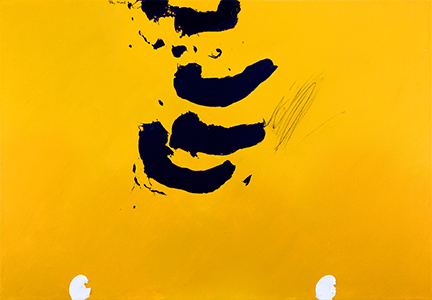
Untitled, 1991
acrylic on canvas
36" x 52"

Untitled, 1993
acrylic on canvas
30" x 36"
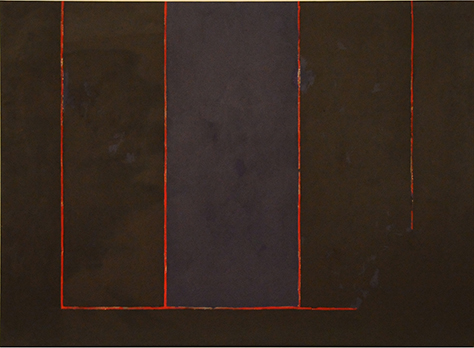
Untitled, 1982
acrylic on canvas
30" x 41"

Untitled, 1996
acrylic on canvas
36" x 30"
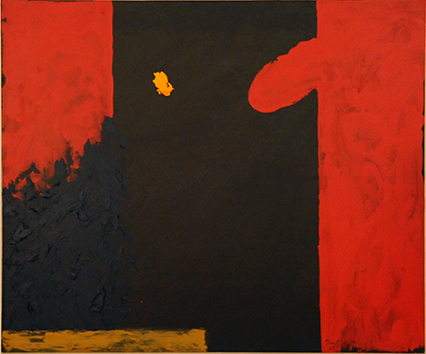
Untitled, 1996
acrylic on canvas
30" x 35"
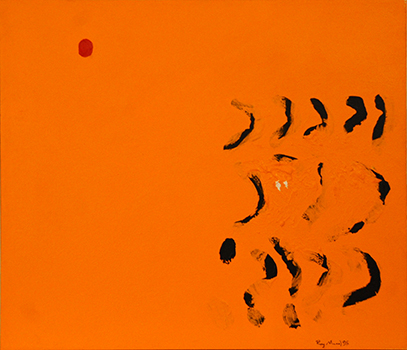
Untitled, 1995
acrylic on canvas
25" x 29"
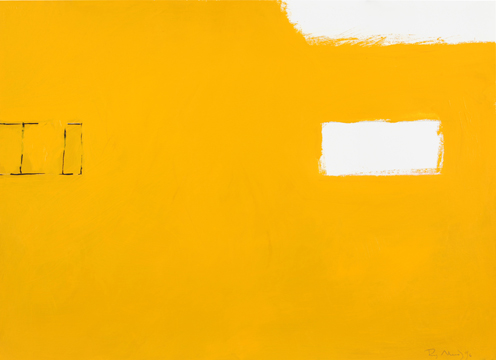
Untitled, 1992
acrylic on paper
22.5" x 30"

Untitled, date unknown
mixed media on paper
25" x 19"
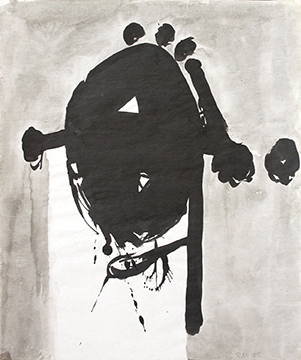
Untitled, 1985
ink on paper
17" x 14"
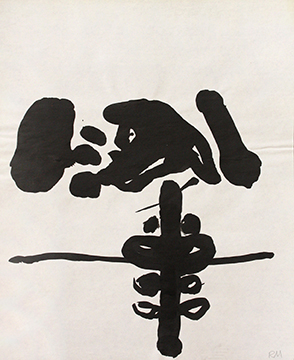
Untitled, date unknown
ink on paper
17" x 14"
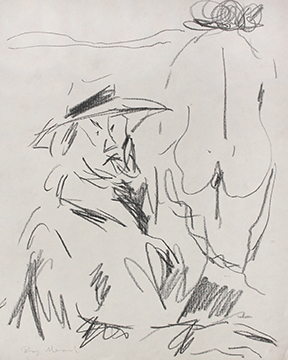
Untitled, date unknown
ink on paper
17.25" x 14"
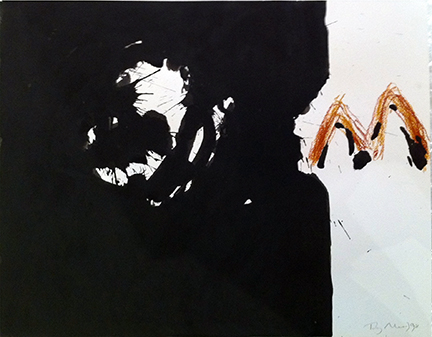
Untitled, 1998
ink and conte on paper
19" x 24"
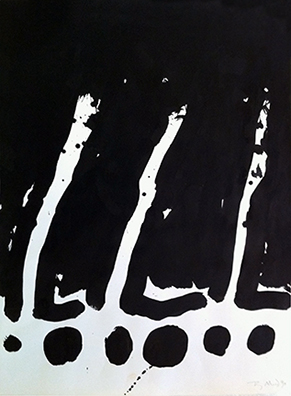
Untitled, 1993
ink on paper
29.75" x 22"
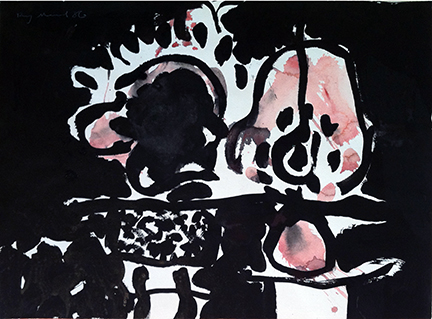
Untitled, 1982
ink on paper
22" x 30"
